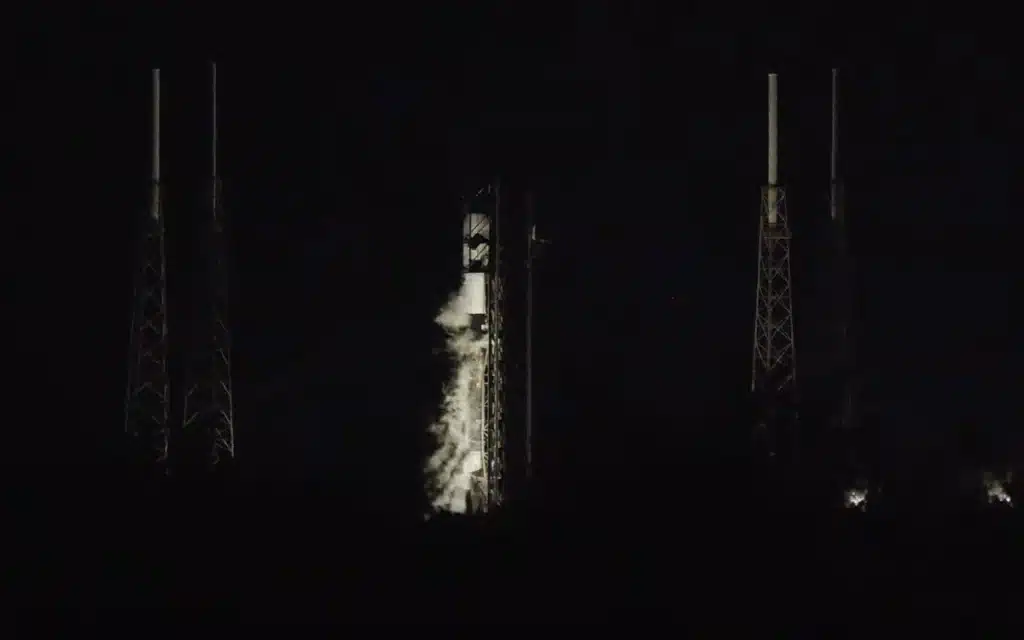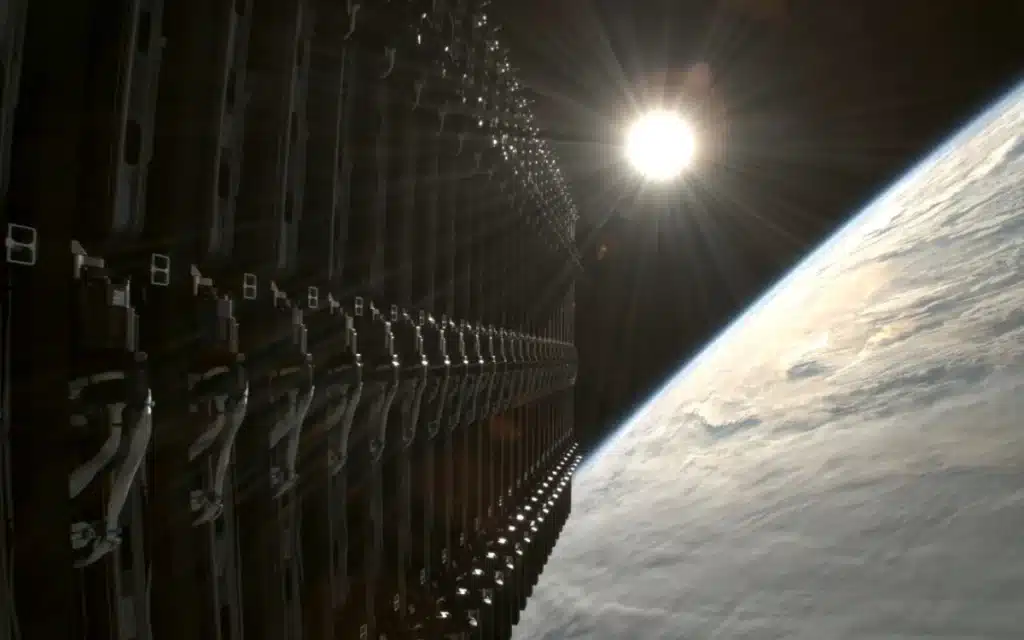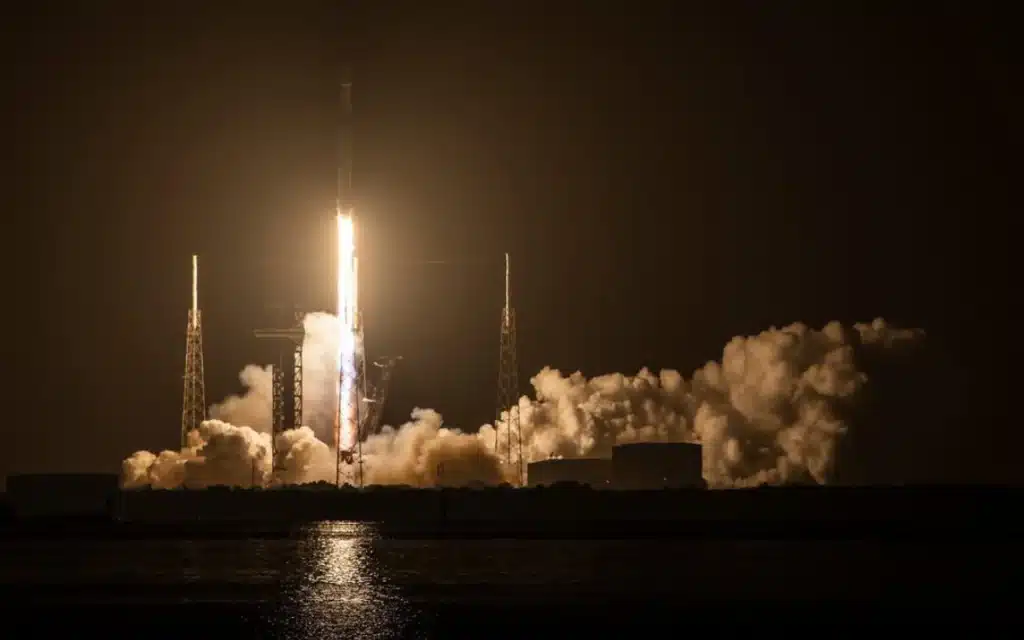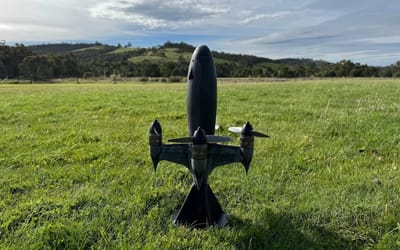Reduce, reuse, relaunch rockets: SpaceX flies Falcon 9 for the 450th time on latest Starlink mission
Published on Aug 07, 2025 at 8:57 AM (UTC+4)
by Jason Fan
Last updated on Aug 07, 2025 at 10:32 AM (UTC+4)
Edited by
Kate Bain
SpaceX just reached another impressive milestone by launching a Falcon 9 rocket for the 450th time using a recycled booster on its latest Starlink mission.
The mission, called Starlink 10-30, blasted off in the early hours of Monday, August 4, from Cape Canaveral in Florida.
It was one of SpaceX’s signature satellite missions, aimed at expanding its global Starlink internet network.
This launch proves once again that reusing rockets isn’t just a dream, but the new reality.
VISIT SBX CARS – View live supercar auctions powered by Supercar Blondie
The Falcon 9 rocket is really busy
The rocket that flew this mission, known as booster B1080, has quite the résumé.
This was its 21st flight, having previously carried astronauts for private space company Axiom, launched a European space telescope, and delivered 14 other batches of Starlink satellites into orbit.
Despite stormy weather threatening to delay liftoff, SpaceX found a clear window at 3:57 a.m. and took full advantage of it by launching the Falcon 9 rocket.

After sending the satellites on their way, the booster made a smooth landing on SpaceX’s drone ship Just Read the Instructions, floating in the Atlantic Ocean.
This marks the 131st successful landing on that particular ship and the 485th booster landing overall for SpaceX.
It’s part of the company’s ongoing goal: to fly rockets again and again instead of having to throw them away after one use.
This latest Starlink mission is SpaceX’s 69th of the year focused on building out its satellite internet service.
So far in 2025, over 1,650 Starlink satellites have been launched into orbit.

These satellites help provide internet access to even the most remote corners of the planet, so much so that the world’s largest cruise company equipped all of its ships with Starlink.
Starlink has also transformed the way we fly, with Qatar Airways boasting the world’s fastest Wi-Fi in the sky after it installed it.
SpaceX and the future of space travel
The idea of reusable rockets might have sounded impossible just a decade ago.
But SpaceX made it real, starting in 2017 when it relaunched a booster for the first time.
That small step turned into a huge leap for the space industry.

Now, SpaceX is sending more satellites and astronauts into space than ever before, especially since its $100 million ‘Starfactory’ aims to build one rocket daily.
While the company was the first to successfully develop and use a reusable rocket, others are catching up fast.
Honda recently launched its first reusable rocket in June 2025, although it didn’t quite go to space, reaching an altitude of just 890 feet.
So for now, SpaceX is still ahead of the pack, and everyone is watching to see what it’s up to next.
DISCOVER SBX CARS: The global premium car auction platform powered by Supercar Blondie
Jason Fan is an experienced content creator who graduated from Nanyang Technological University in Singapore with a degree in communications. He then relocated to Australia during a millennial mid-life crisis. A fan of luxury travel and high-performance machines, he politely thanks chatbots just in case the AI apocalypse ever arrives. Jason covers a wide variety of topics, with a special focus on technology, planes and luxury.




